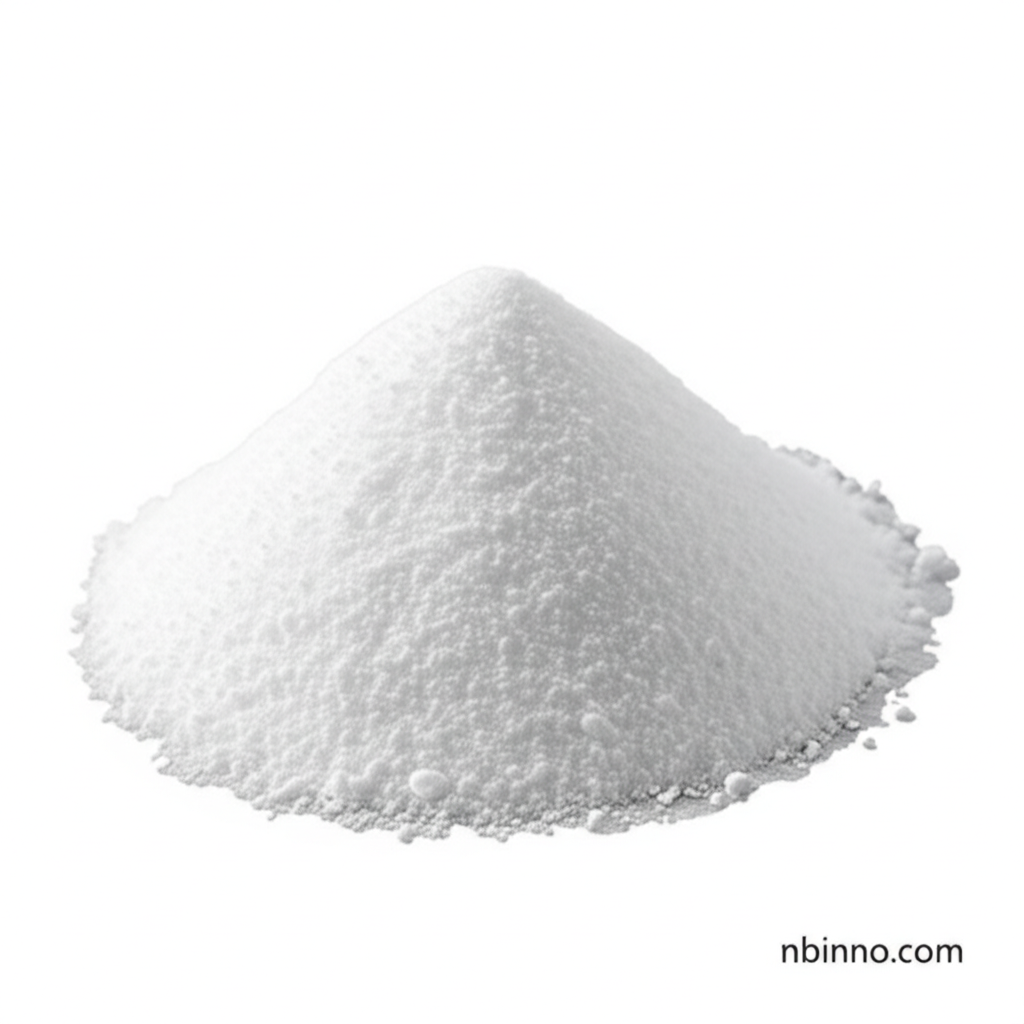Anhydrous Sodium Sulfite: A Versatile Industrial Chemical
Discover the extensive uses and benefits of anhydrous sodium sulfite (CAS 7757-83-7) across diverse industries.
Get a Quote & SampleProduct Core Value

Anhydrous Sodium Sulfite
Anhydrous sodium sulfite (CAS 7757-83-7) is a critical inorganic compound, widely recognized for its potent reducing and oxygen-scavenging properties. Its versatility makes it indispensable in a multitude of industrial processes.
- Explore the sodium sulfite uses in water treatment, where it acts as an oxygen scavenger to prevent corrosion in steam boilers.
- Learn about sodium sulfite in textile industry, serving as a crucial bleaching, desulfurizing, and dechlorinating agent.
- Understand the role of sodium sulfite for photographic development, protecting developer solutions from oxidation.
- Discover how sodium sulfite as food preservative helps maintain the quality and extend the shelf life of various food products.
Key Advantages
Powerful Reducing Agent
Leverage the strong sodium sulfite chemical properties as a reducing agent in various chemical synthesis and treatment processes.
Effective Oxygen Scavenger
Utilize sodium sulfite oxygen scavenger capabilities to safeguard systems from oxidative damage, crucial in water treatment and preservation.
Broad Industrial Applicability
Benefit from the wide-ranging sodium sulfite reducing agent applications across textile, photographic, and food industries.
Key Applications
Water Treatment
In water treatment, anhydrous sodium sulfite is vital as an oxygen scavenger, preventing corrosion in boiler systems by converting dissolved oxygen into sodium sulfate.
Textile Industry
The sodium sulfite in textile industry is used for bleaching, desulfurizing, and dechlorinating, contributing to fabric quality and dye preparation.
Photography
Sodium sulfite for photographic development acts as an antioxidant, stabilizing developer solutions and preventing premature oxidation.
Food Preservation
As a sodium sulfite as food preservative, it inhibits enzymatic browning and microbial growth, extending the shelf-life of dried fruits and other food items.
